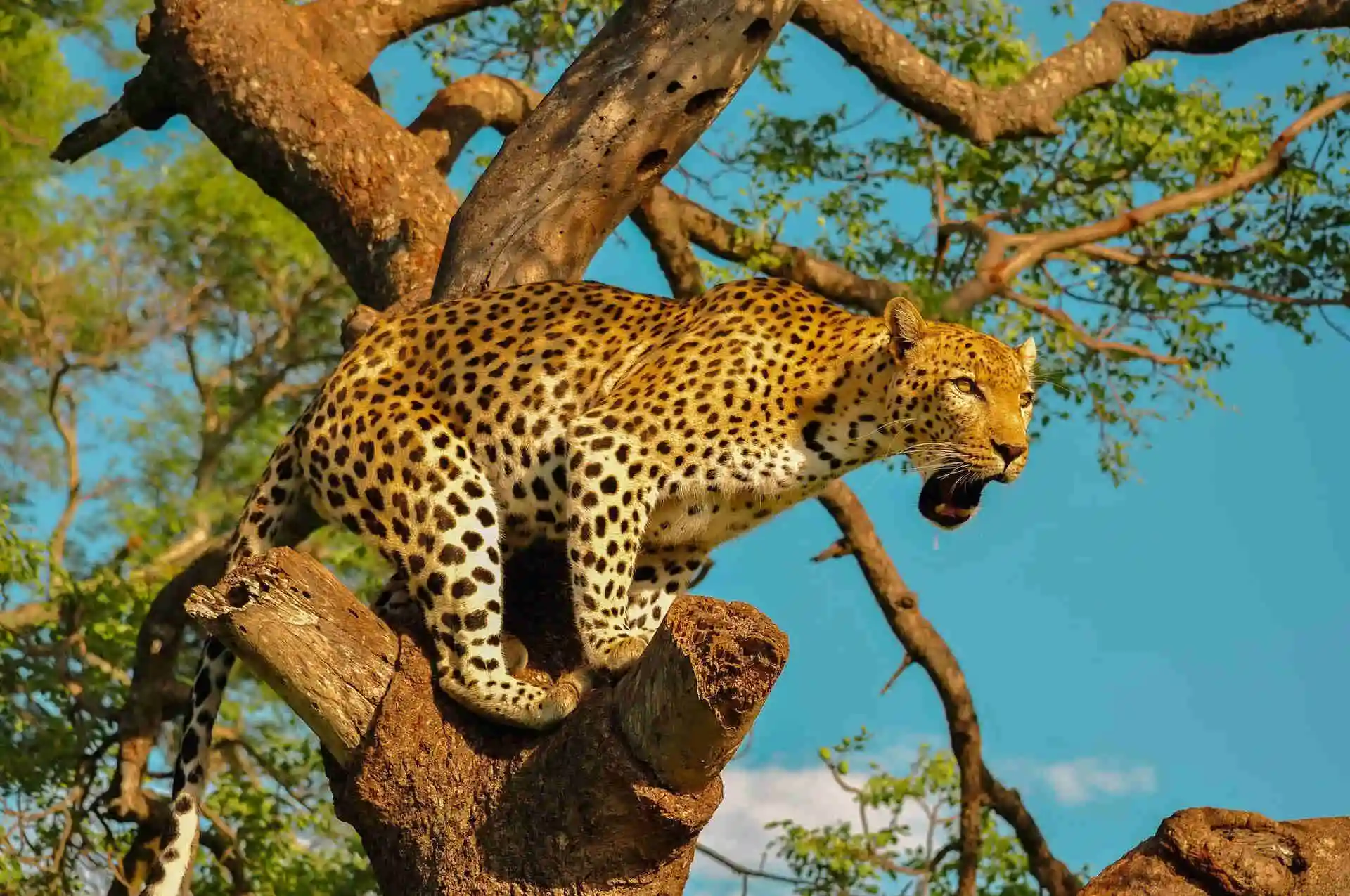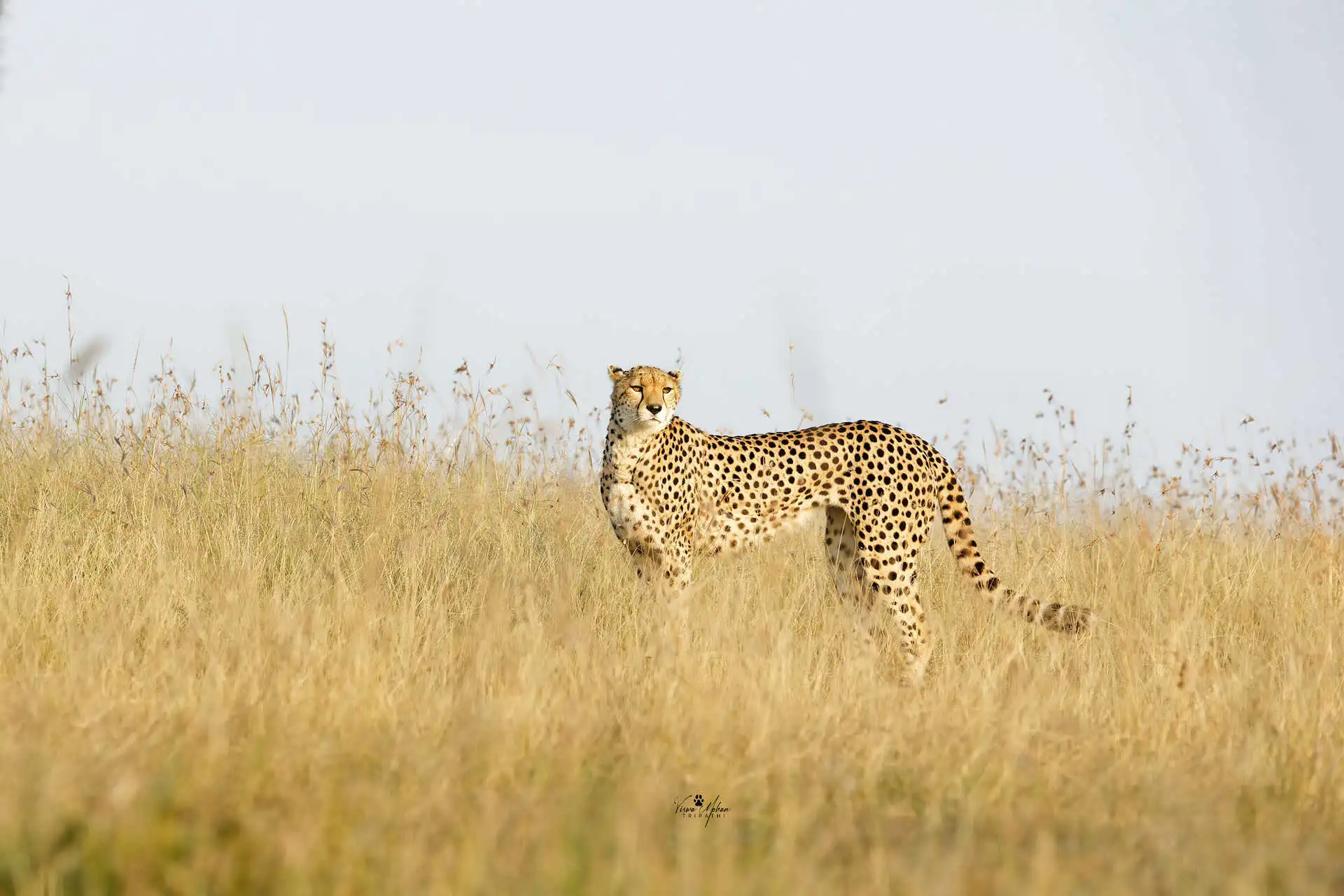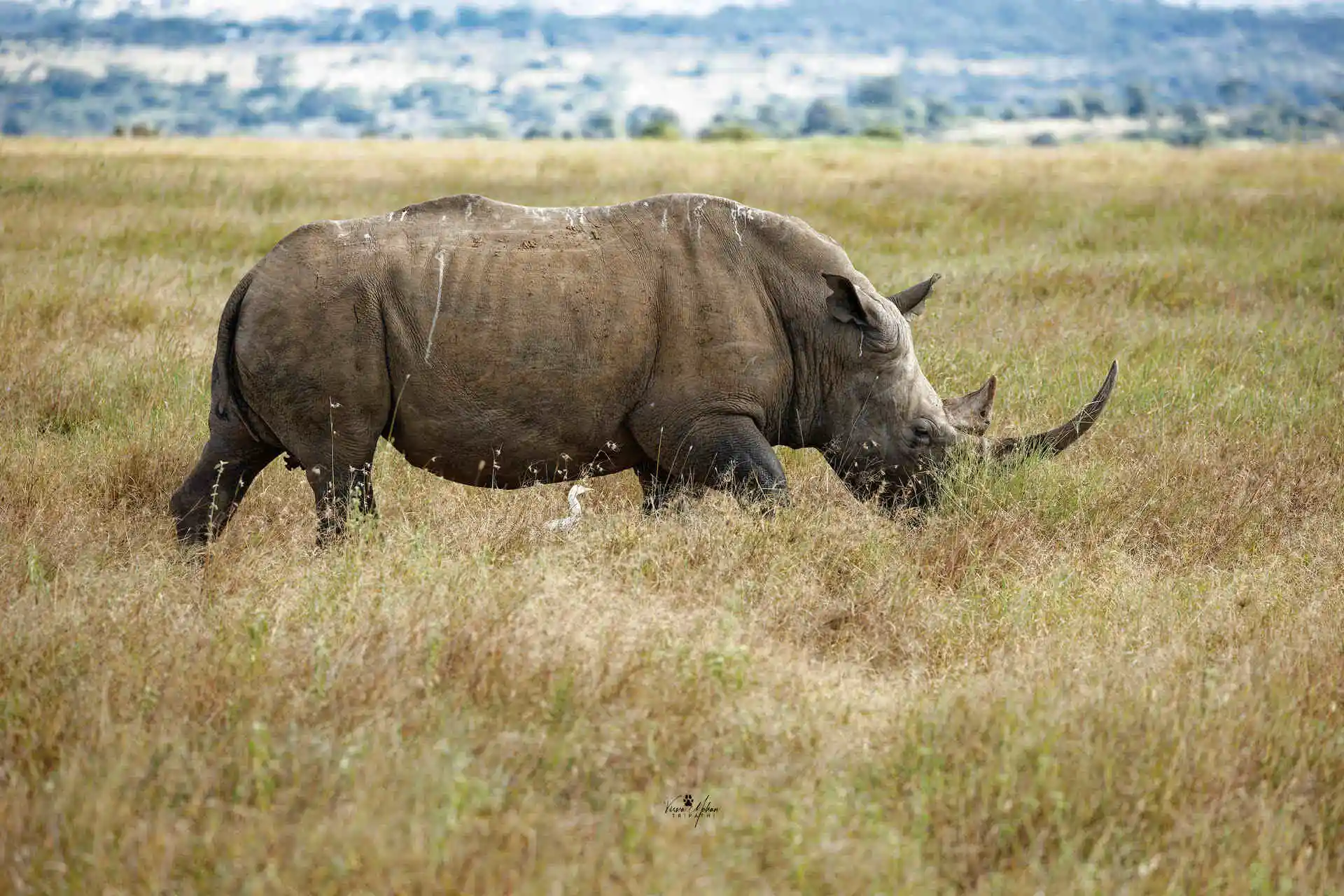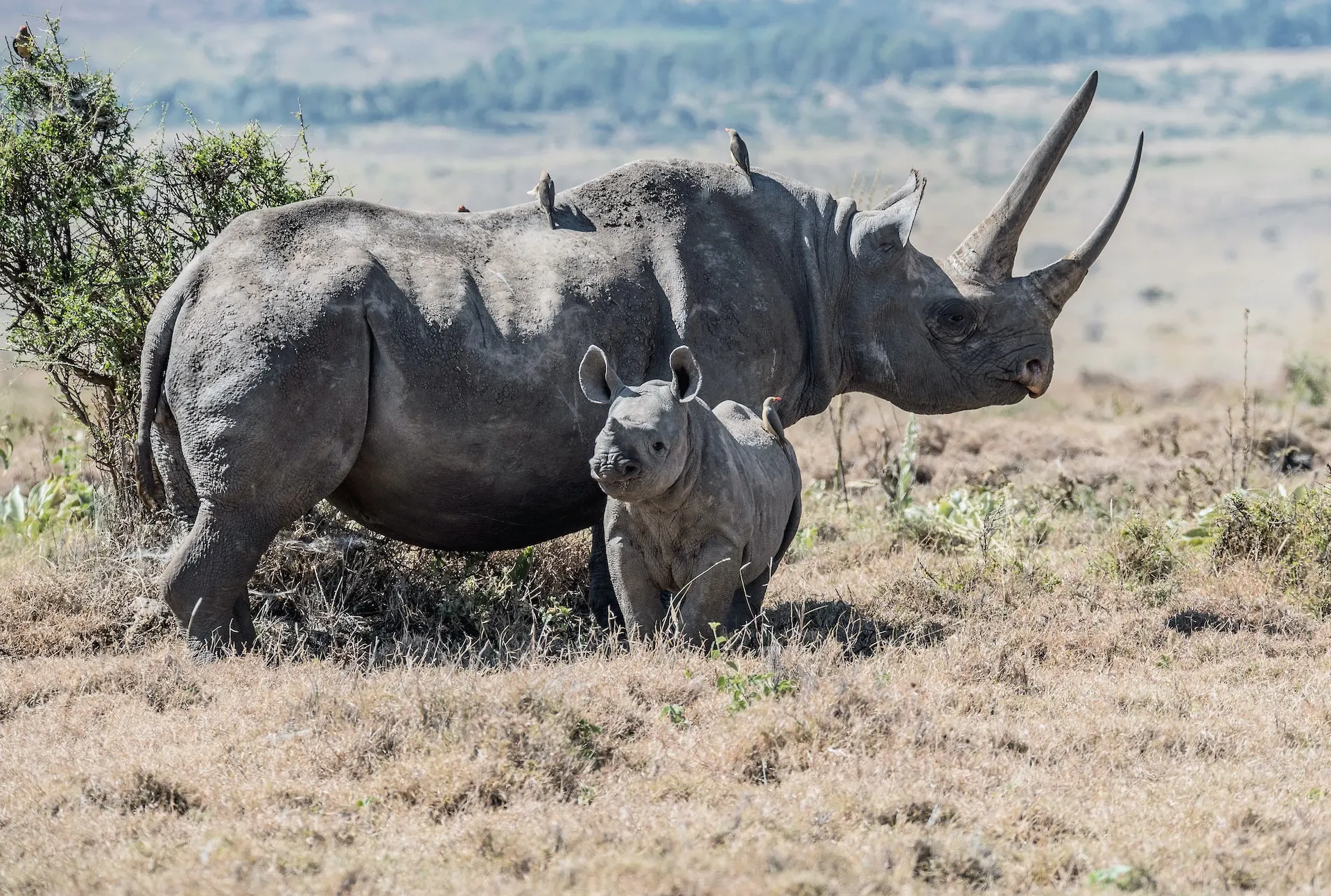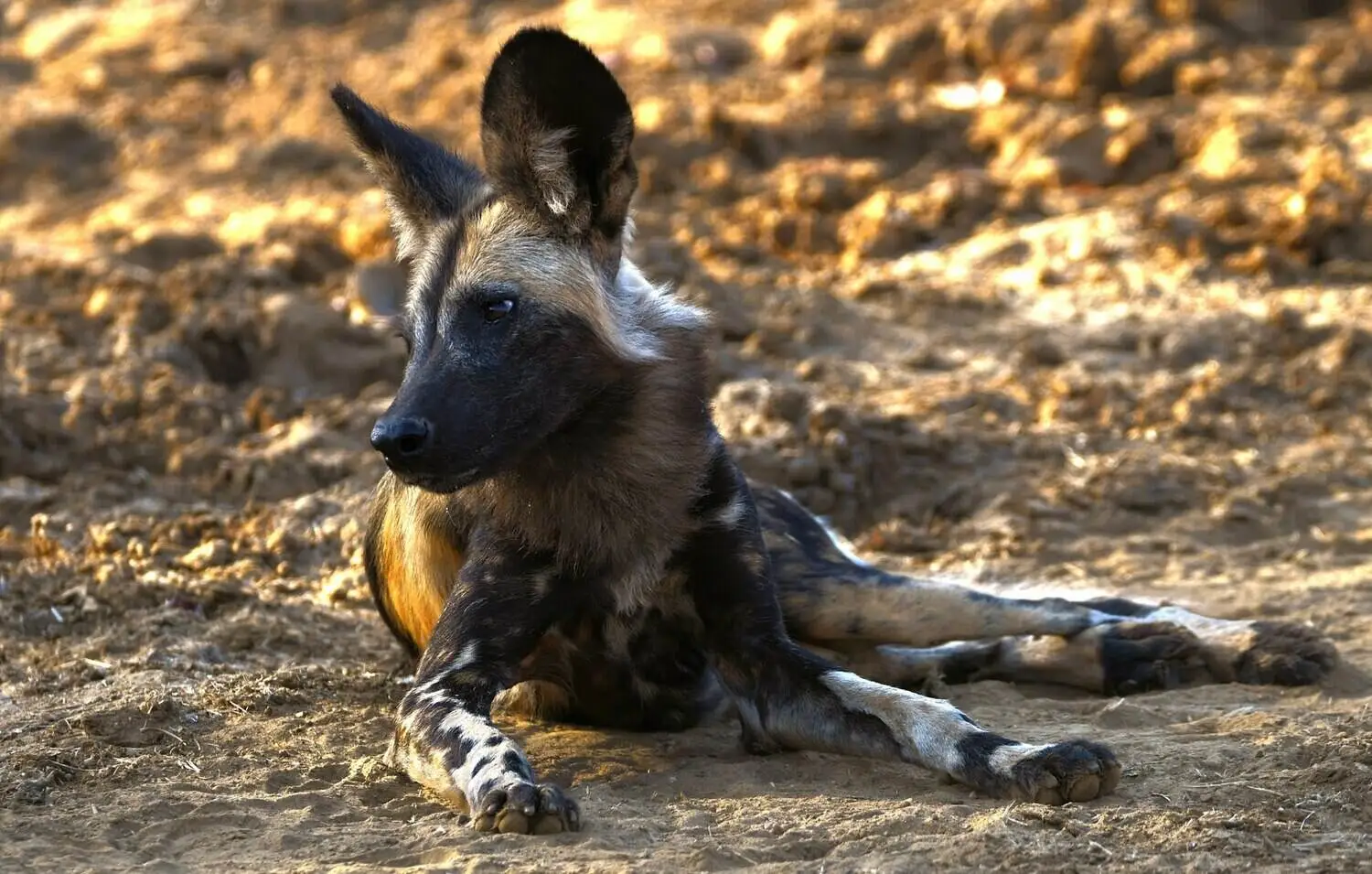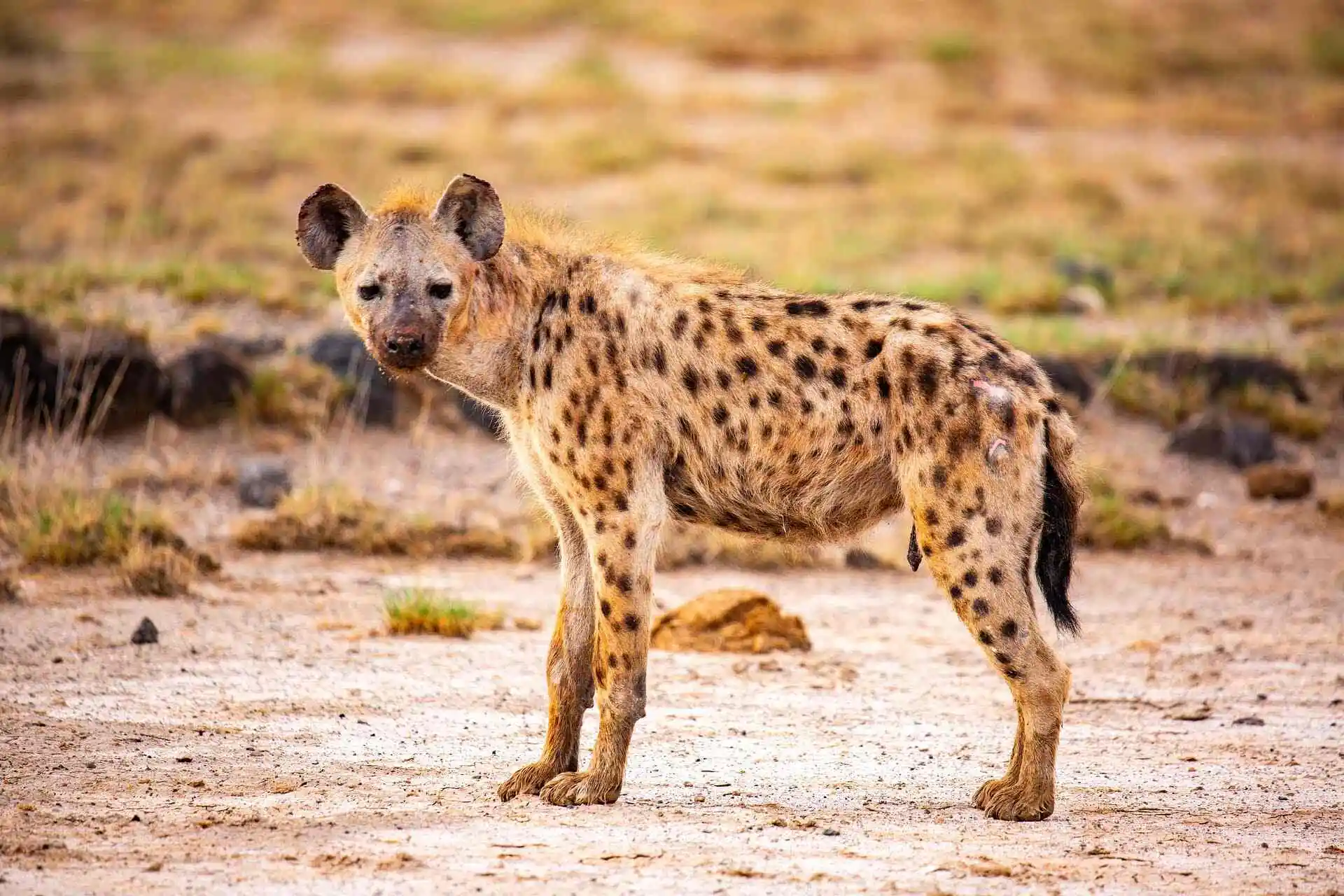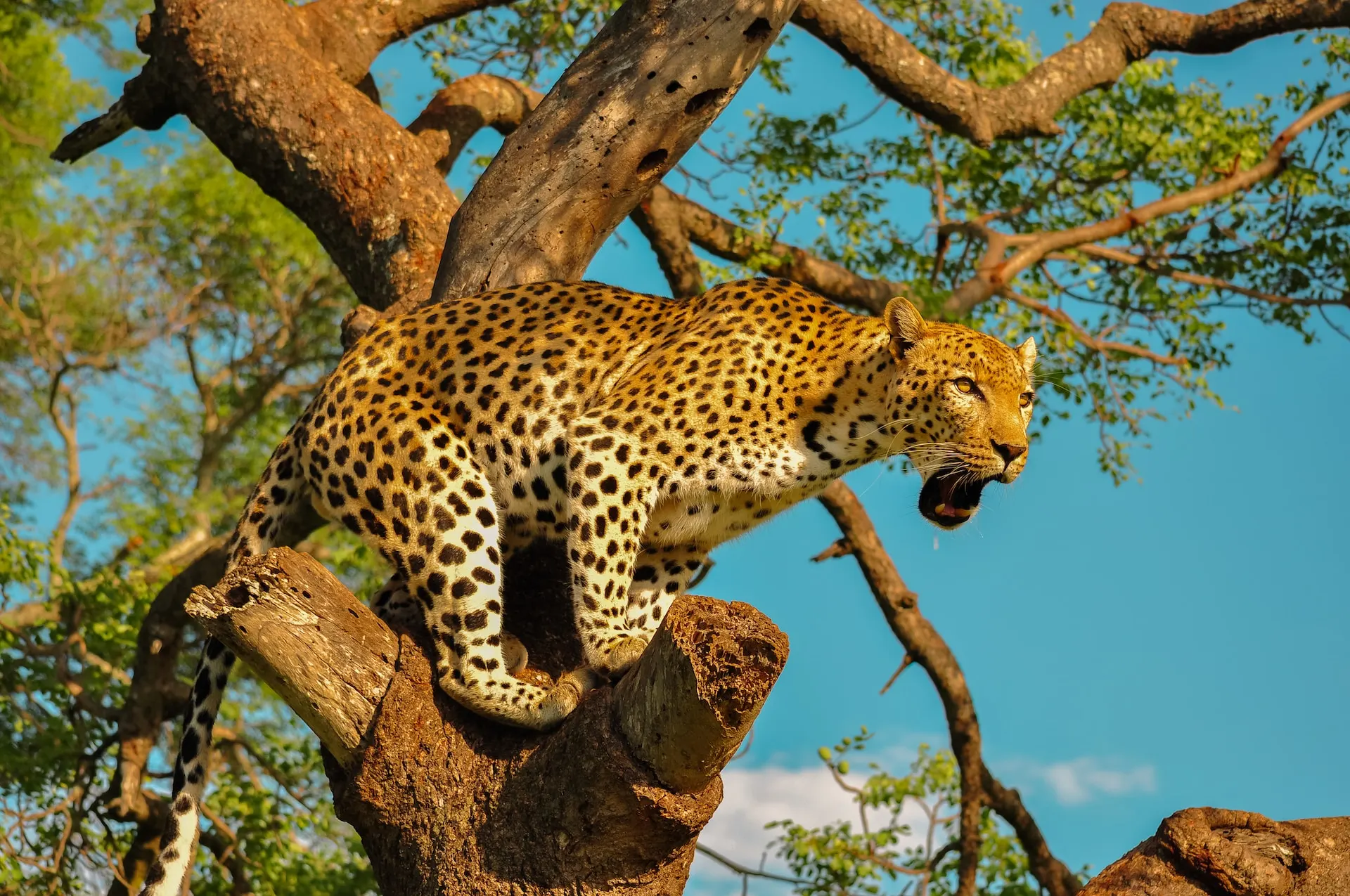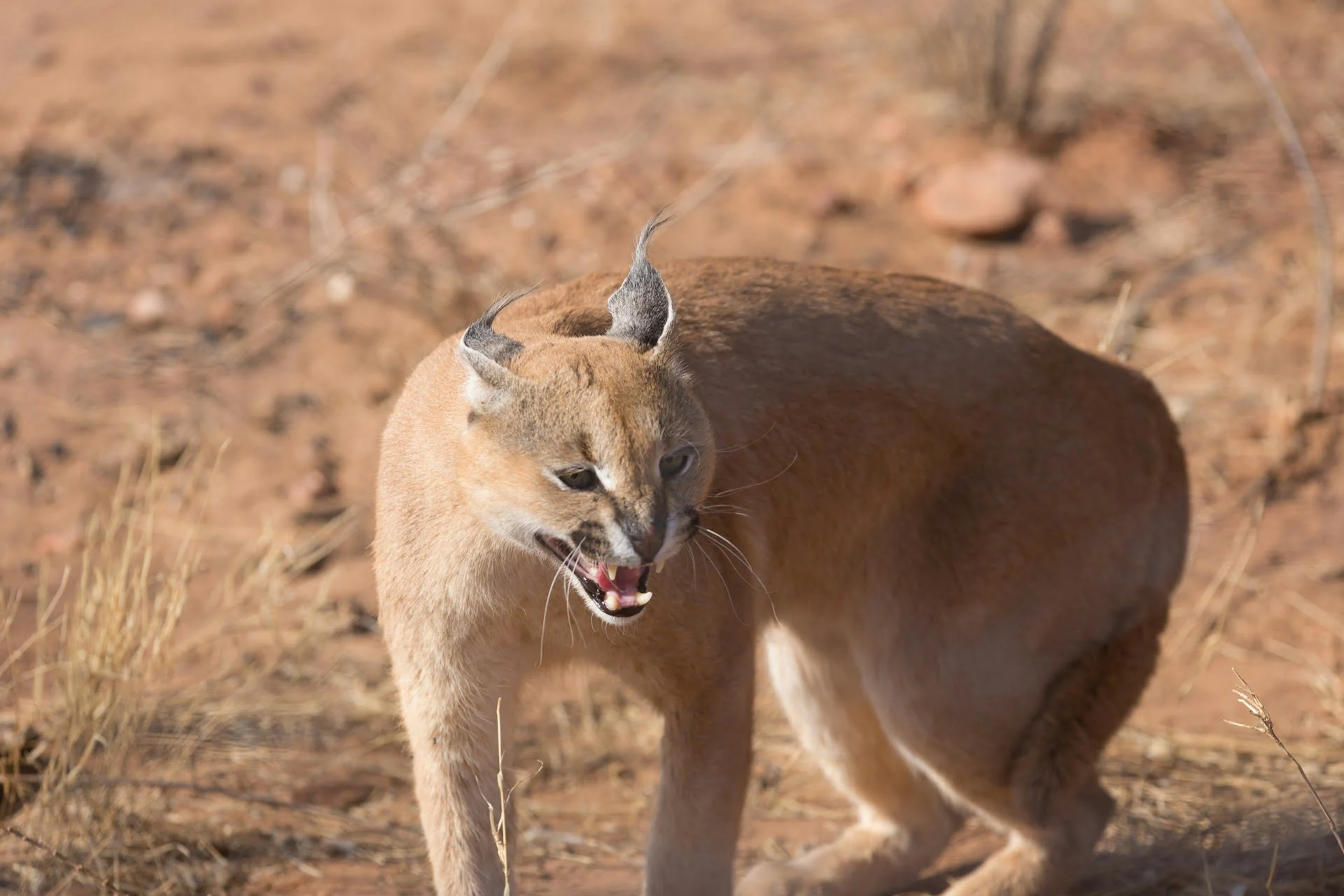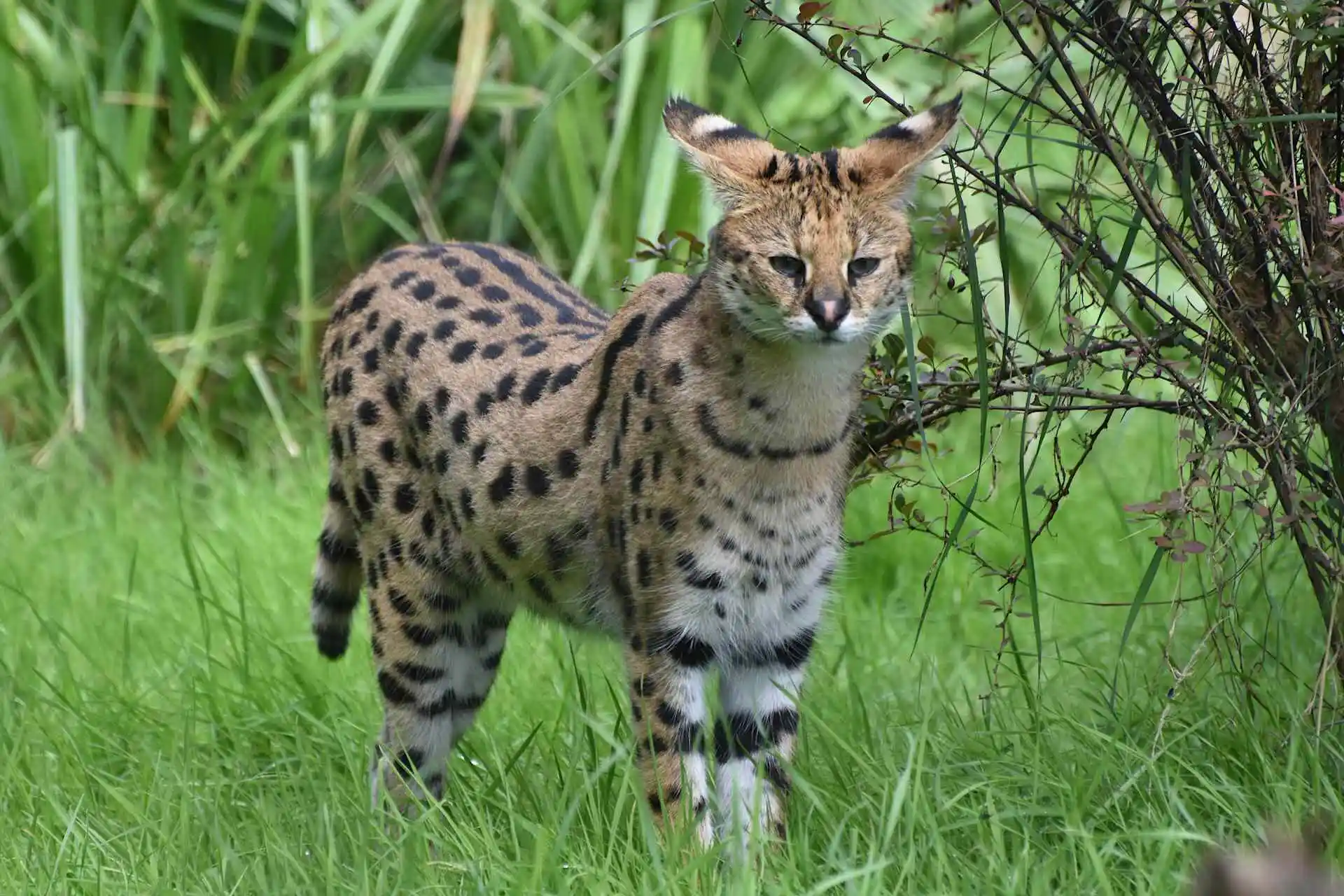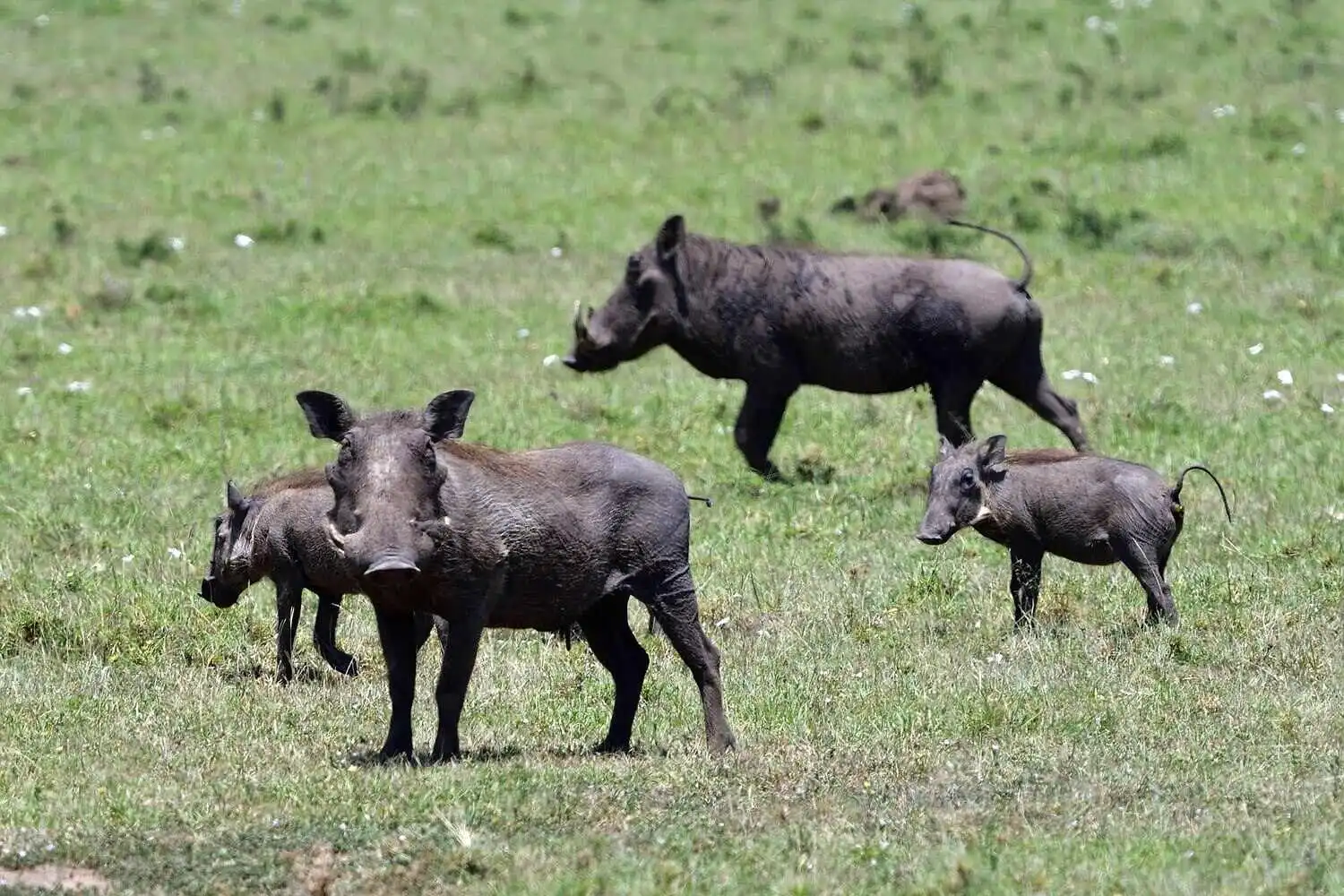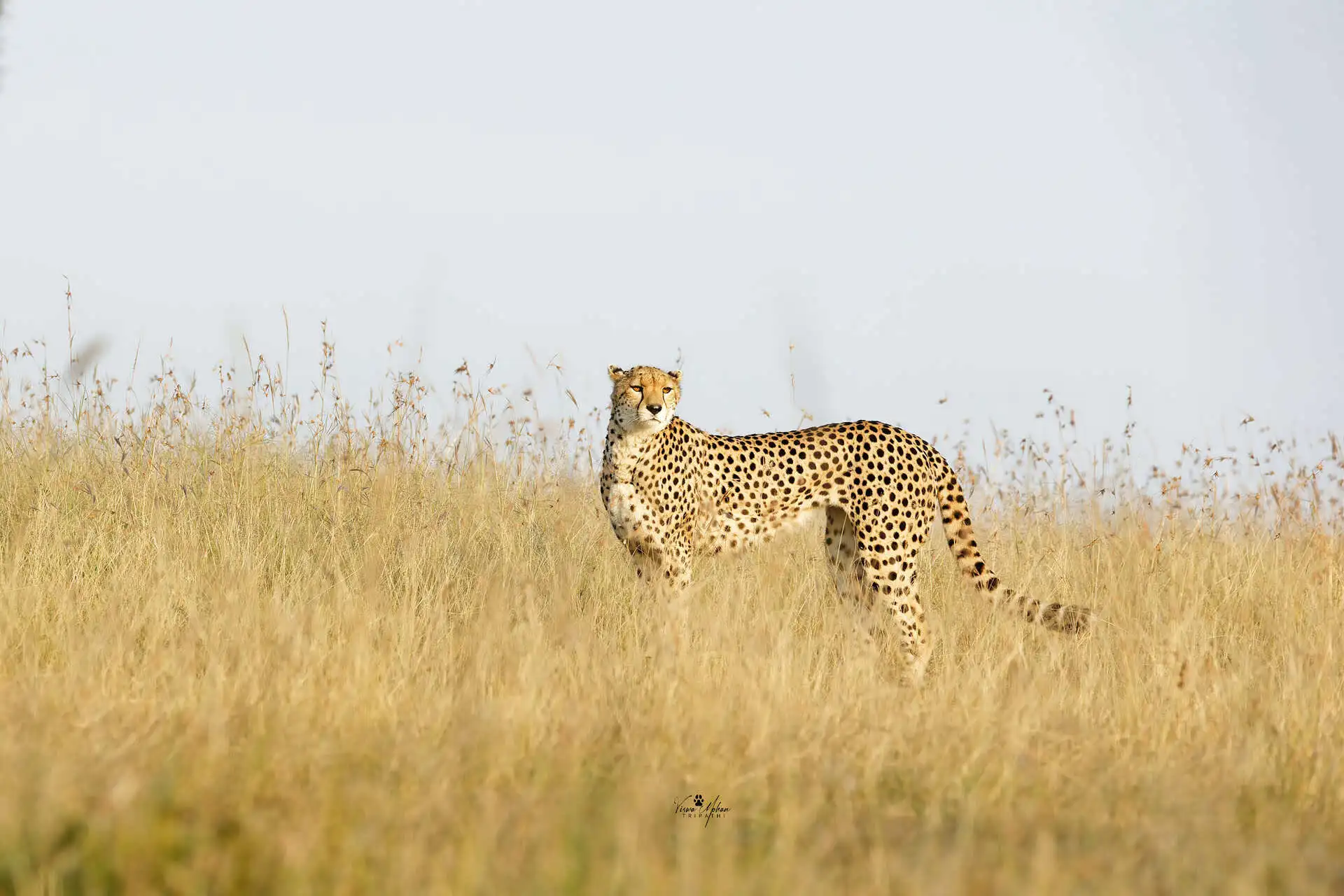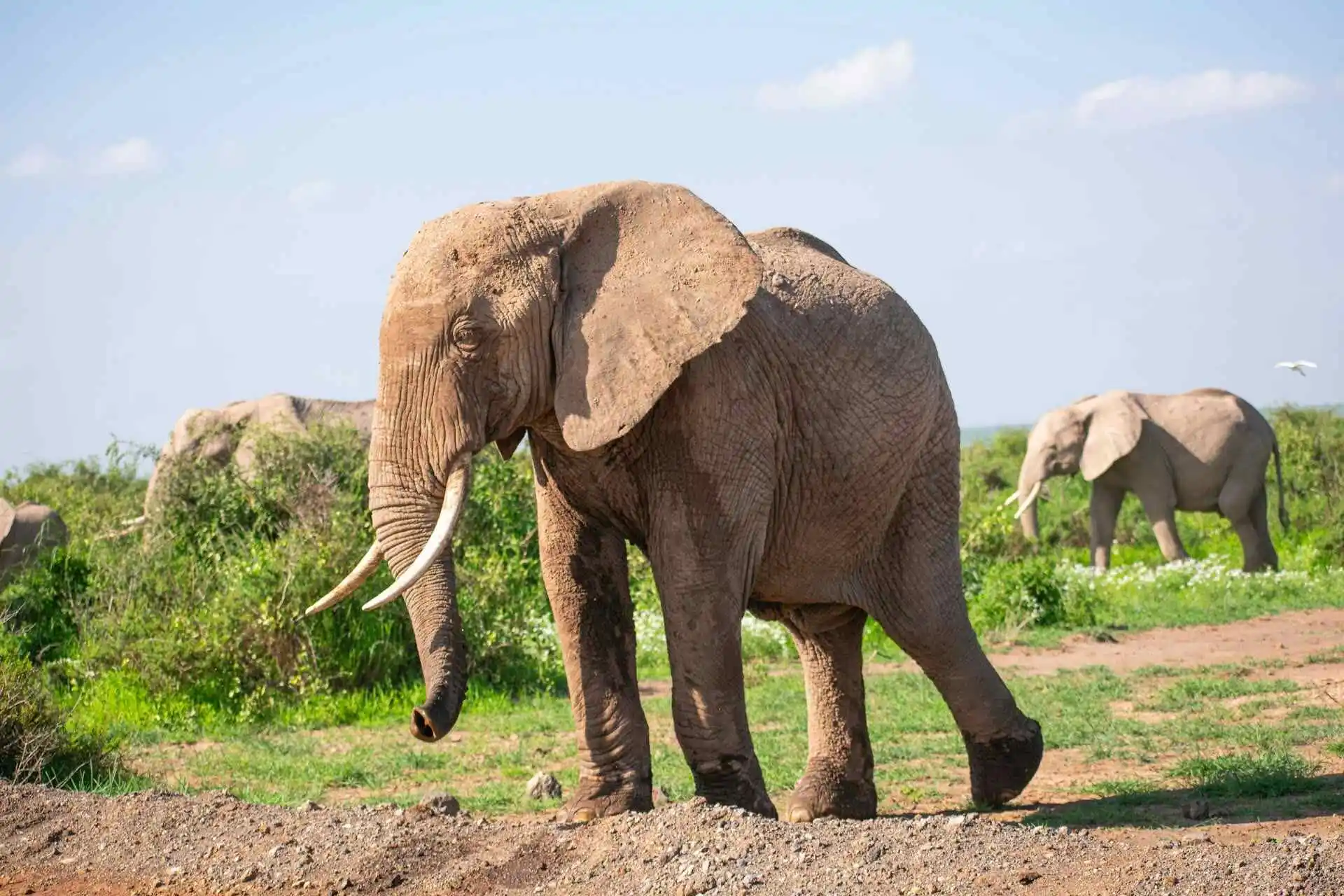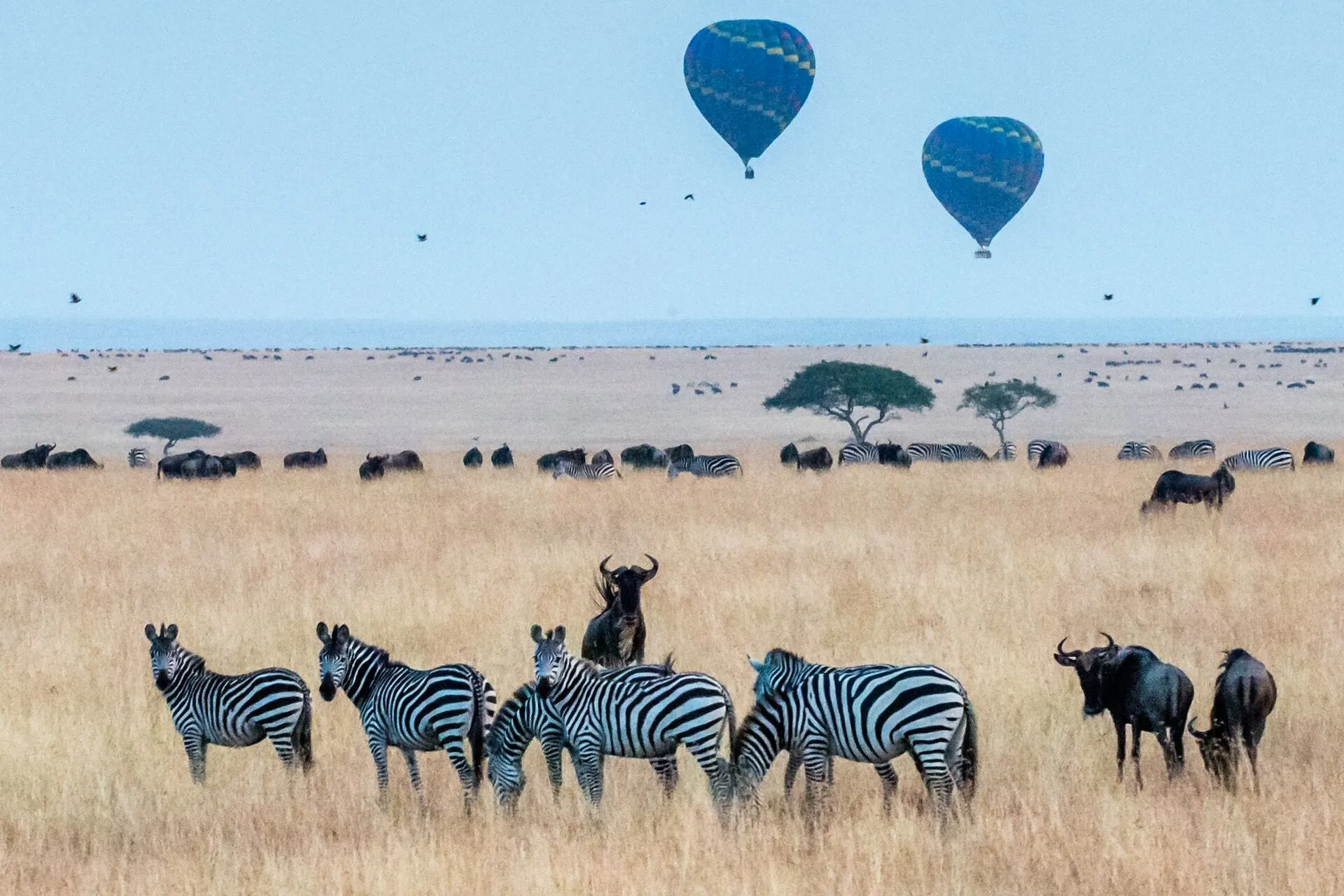What Do African Wild Dogs Look Like?
African wild dogs are some of the most striking animals you will ever see on safari. Their coats are a colourful patchwork of black, white, gold, and tan that gives them a painted look. Due to this, they have earned the nickname painted wolves. Besides, no two dogs have the same coat pattern, each one is as unique as a fingerprint.
They have large, round ears that help them hear sounds from long distances and also keep them cool in hot weather. Their legs are long and strong that are built for running fast and far. These dogs are slim but powerful coming with an athletic frame that is made for chasing prey across vast open plains.
Adult wild dogs usually weigh between 18 to 36 kg and stand about 60 to 75 cm tall at the shoulder. Their bodies are built for endurance but not brute strength. They rely on teamwork, speed, and smart hunting tactics to survive.

Key Characteristics Table
| Characteristic | Details |
|---|---|
| Life Span | 6 to 10 years |
| Top Speed | 70 km/h |
| Mass | 18 to 36 kg |
| Height | Around 24 inches |
| IUCN Status | Endangered |
What Do African Wild Dogs Eat?
African wild dogs are true carnivores. They do not scavenge like hyenas or rely on power like lions. Instead, they use speed, stamina, and tight cooperation to bring down prey.
Their favourite meals include medium-sized antelope such as impalas, gazelles, and kudus. In some areas, they may also hunt hares, warthogs, and wildebeest calves. A pack will surround and chase the prey, tiring it out before delivering a quick, clean kill.
Their hunting success rate is extremely high. Which is around 80% that is much higher than lions or leopards. Once the prey is down, they eat quickly to avoid attracting larger predators like hyenas or lions. They can eat a large antelope in about 15 to 30 minutes.
What makes them special is how they share food. The entire pack eats together. Even pups, old dogs, and injured members get their share. Adults will keep the food for those who stayed behind during the hunt. This tight bond makes wild dog packs one of the most caring and cooperative in the animal kingdom.
Why Do African Wild Dogs Matter to Ecosystem?
African wild dogs play a vital role in keeping the ecosystem balanced. By hunting herbivores, they help control animal populations. This will prevent overgrazing that helps the plants and grasslands stay healthy. Without predators like wild dogs, the entire food chain can fall out of balance.
But sadly, these animals are in danger. Today, there are fewer than 7,000 African wild dogs left in the wild, and their numbers are still dropping. They are classified as Endangered by the IUCN.
Their main threats include:
- Habitat loss due to farming and human expansion
- Diseases like rabies and distemper, often spread by domestic dogs
- Human-wildlife conflict especially with livestock farmers
- Poaching and road accidents in some areas
Conservationists are working hard to protect wild dog populations. Protecting them will not only save the species but also help the entire ecosystems grow.

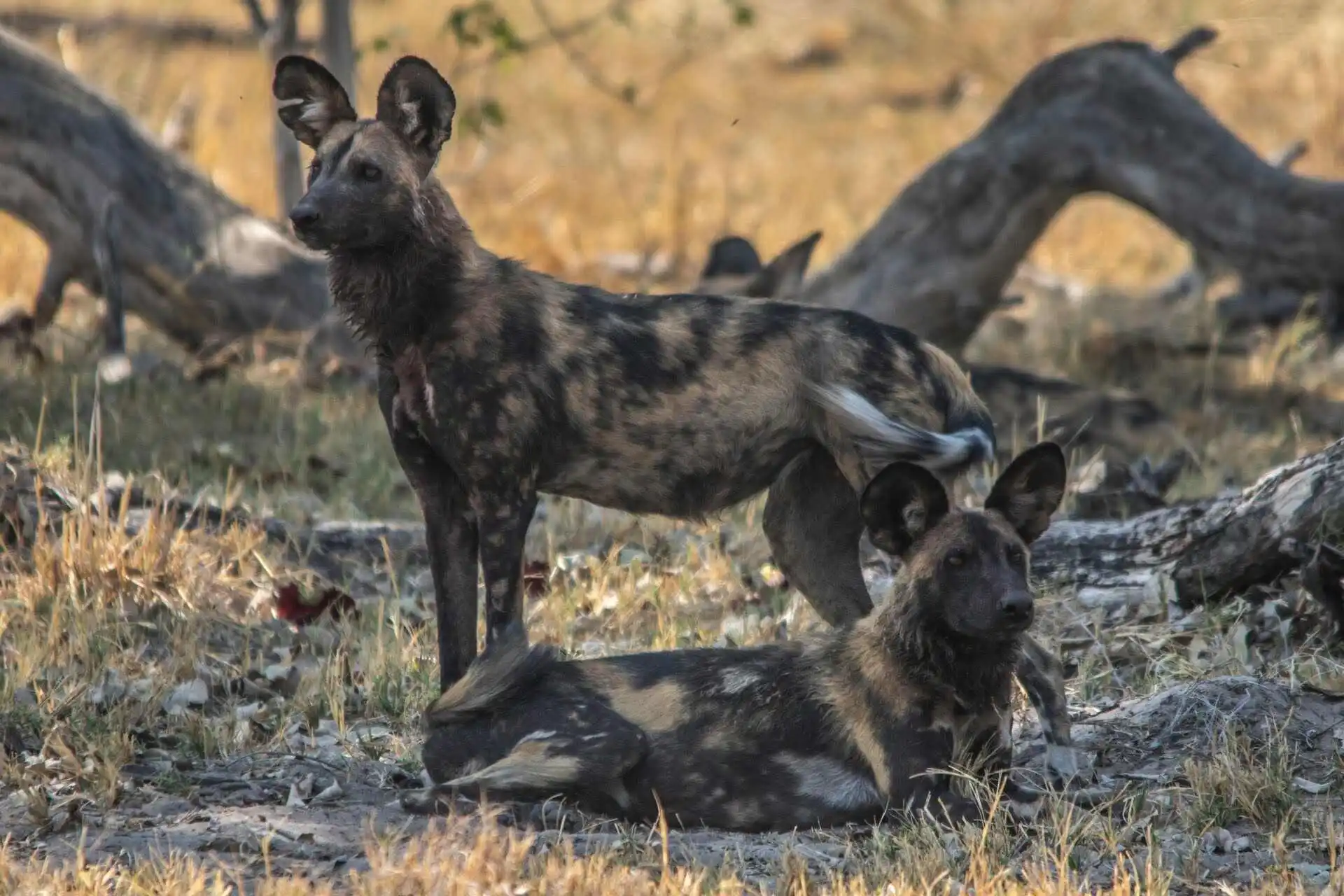
Amazing Facts About African Wild Dogs
Here are some incredible facts that show just how unique these animals really are:
- They roam far – A single pack can travel more than 50 kilometres in a day while hunting.
- They are endangered – Fewer than 7,000 remain in Africa spread across small and scattered populations.
- They regurgitate food – Adults often vomit meat for pups and sick pack members who did not go hunting.
- They have a strong social structure – Only the alpha male and alpha female breed. The rest of the pack help raise the pups.
- They are skilled hunters – Their hunting success rate is about 80% which is far better than other African predators.
- They do pre-hunt rallies – Before a hunt, the pack gathers in a noisy, playful way to boost energy and teamwork. This ritual helps them coordinate better on the chase.
Handpicked List of Best National Parks to Feast Your Eyes on African Wild Dogs
Seeing African wild dogs in the wild is a rare and unforgettable experience. If you want the best chances to spot them, head to these safari destinations:
- Nyerere National Park, Tanzania – Home to some of the healthiest wild dog populations.
- Moremi Game Reserve, Botswana – Offers reliable sightings especially during the dry season.
- Kruger National Park, South Africa – Packs live in the southern regions though sightings can be rare due to their large territories.
- Hwange National Park, Zimbabwe – Known for successful wild dog conservation programs and regular sightings.
- South Luangwa National Park, Zambia – A remote park where wild dogs are making a strong comeback thanks to protection efforts.

